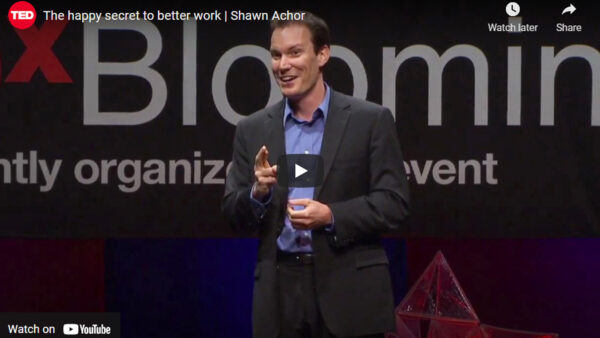During a Technology-focused dinner hosted by Strengthscope, the guest speaker – Aziz Musa (CEO at Forbidden Technologies plc) – shared his 4 principles for an innovative culture.
However smart you are you’re always smarter with peers
No one individual has truly achieved anything alone. Business, like football or rugby are mostly a team effort, most innovations are created through networks of people working together.
Find a good mentor and learn from them
What links Mark Zuckerberg, Bill Gates and Steve Jobs together? They all had strong mentors, and understand that success in business is often due to having a great mentor at some point. A great quote from Jane Allen, Chief Diversty Office at Deliotte “Have many mentoring moments during critical periods in your career.” (Advice From Top Women Leaders About Finding a Mentor). It’s not about having one perfect mentor, but recognizing your career transitions and changing needs will of course mean changes in mentors, whether it’s a one off coffee or a more formal relationship over time. Critically its about challenging your thinking and perspectives over time through the use of several mentoring relationships.
Keep gardeners in the garden
Fostering individual excellence is about identifying and harnessing individual’s unique strengths, passion and energy and not focusing as much on weakness. Leaders don’t have to be great at everything. Instead their fully optimised strengths will always be of greater value to the organisation than that of their marginally improved weaknesses. Create the space for people who are really good in certain areas (‘your gardeners’).
Awareness of self is the most powerful career catalyst
Building awareness of strengths – and how these can be used to optimise performance and engagement at work and with teams was the main lesson Aziz wanted to leave us with, having gone through Strengthscope. For him going “under the hood” and knowing and embracing both his strengths and weaknesses helped him to develop his leadership brand becoming a better leader of those that depend on him.
Discussions that followed focused on people sharing their insights of creating an innovative culture as well as some of the challenges.
Two key themes emerged in the time we had, innovation and idea capturing and creating a culture of failing:
Fostering innovation in everyone
Organizations need to appreciate how plentiful and beneficial ideas are to the future of their business. Ideas are a dime a dozen and everyone is likely to have one or more. The challenge is how to capture these ideas. Some examples that came up of how not to do this ranged from Innovation teams (with branded T-shirts) implying ideas only come from this team, or innovation rooms (which you would go into to come up with ideas). These examples highlighted how some initiatives can actually limit ideas to spaces or teams.
A solution – how can you create a more inviting culture that fosters ideas from everyone, making space for innovation but not labelling it, but realizing it’s happening everywhere.
Making it safe to fail
Creating an environment for failure and how this fits in with risk and regulated business. Failure is a necessary part of the innovation process because from failure comes learning, iteration, adaptation, and the building of new concepts through an iterative learning process. Almost all innovations are the result of prior learning from failures, making it safe to fail. For example, how many times did James Dyson take to perfect his product? It was 5127 times before we had the first Dyson Vacuum Cleaner.
Some tips that came out of ‘making it safe to fail’:
- Take on small experiments or mini prototype – means there is small risk
- Getting managers and teams to ask the right questions – What have you learnt? What happened – instead of who did it
- Gather feedback early from lots of people
- Don’t get too attached to your idea
- Post mortems – assess the damage and learn from this
- Celebrating successes – recognise the successes along the way
Zara Bates, Head of Consulting, Strengthscope
Related Content












